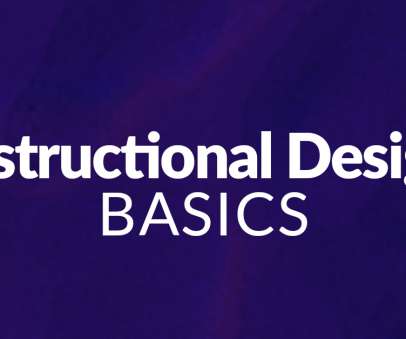Determining The ROI Of eLearning – Using Kirkpatrick’s Model Of Training Evaluation
Adobe Captivate
JULY 13, 2018
Determining the right training format (online, blended, or ILT). How Can You Practically Use The Kirkpatrick Model Of Training Evaluation To Determine The ROI? To use the Kirkpatrick model of training evaluation, we need to identify two aspects at each level namely: What are we measuring?
















Let's personalize your content